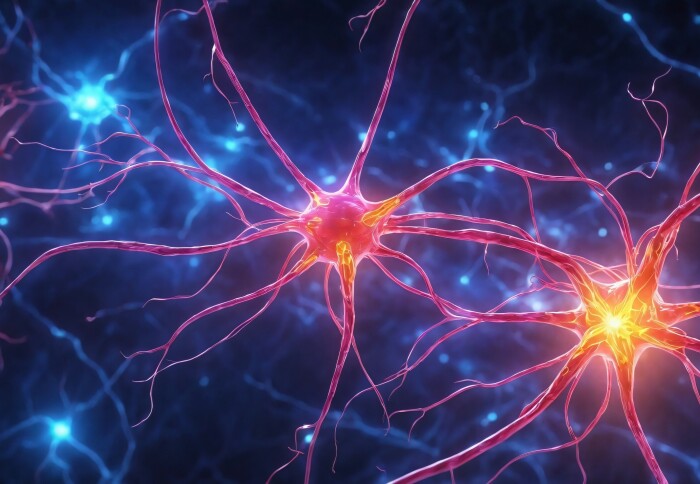Mouse study explores 3D structure of DNA in nerve cells
by Meesha Patel

A new mouse model study explores how nerve cells repair themselves, and could lead to new treatments for nerve injuries.
New research led by scientists at Imperial College London and The Ohio State University Wexner Medical Center investigates how the 3D structure of DNA in nerve cells affects their ability to heal after injury.
The findings of the research, published in the online journal PNAS shows that specific 'DNA loops' called promoter-enhancer loops are important for turning on genes that help nerve cells grow back. The loops are held together by a protein complex called cohesin.
First study author and co-investigator Dr Illaria Palmisano, an assistant professor with Ohio State’s Department of Neuroscience and Department of Plastic and Reconstructive Surgery carried out the work while at Imperial College London with co-investigator Professor Simone Di Giovanni at Imperial’s Department of Brain Sciences, and others, including scientists at the University of Miami.
“The chromatin, which is the ‘instruction manual’ of every cell, is tightly folded inside the cell nucleus. The way it unfolds or ‘opens’ when activated has an impact on how the instructions are ‘read’ and interpreted by the cells,” said Professor Simone Di Giovanni, Chair in Restorative Neuroscience.
The ability of neurons (nerve’s cells) to regenerate in the peripheral nervous system partly depends on the activation of regenerative genes. This results in the creation of new proteins required for the repair of injured nerves.
In their past research in mice had shown that the activation of regenerative genes is affected by the organisation of the chromatin. To induce the repair of injured nerves, the chromatin of the neurons must be opened, Dr Illaria Palmisano said.
The team’s current research in mice has revealed another aspect of chromatin’s organisation that is critical to the repair of injured nerves.
“We know that chromatin is organised into a complex structure, consisting of three-dimensional domains (genomic regions) within which the chromatin is folded into loops,” Palmisano said. “These loops enable contact between ‘genomic sites’ that lie far apart in the linear genomic sequence. These contact points are crucial because they allow communication between genes and their regulatory sequences, called ‘enhancers,’ resulting in boost of gene activity.”
Researchers found that after injury in the peripheral nervous system, specific contacts are formed between specific regenerative genes and specific enhancers in neurons.
“Our study has broad implications for neuronal biology and suggest new pathways for novel repair strategies. Future directions will be to understand how the protein cohesin is activated after a nerve injury. In this way, we can further activate cohesin to promote regeneration in conditions where this is weak or absent, as in the central nervous system.” said Dr Illaria Palmisano.
Produced from materials by The Ohio State University Wexner Medical Centre.
Article text (excluding photos or graphics) © Imperial College London.
Photos and graphics subject to third party copyright used with permission or © Imperial College London.
Reporter
Meesha Patel
Faculty of Medicine Centre